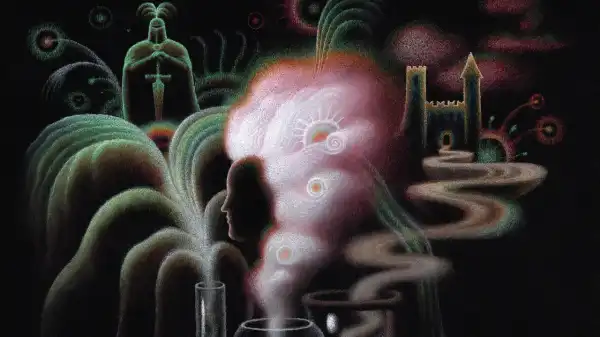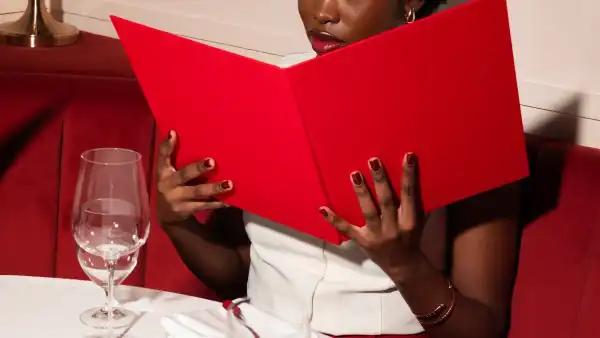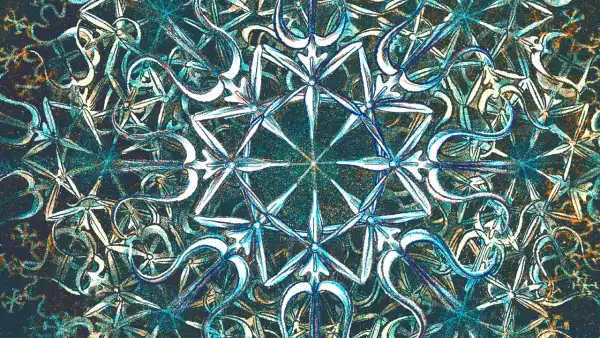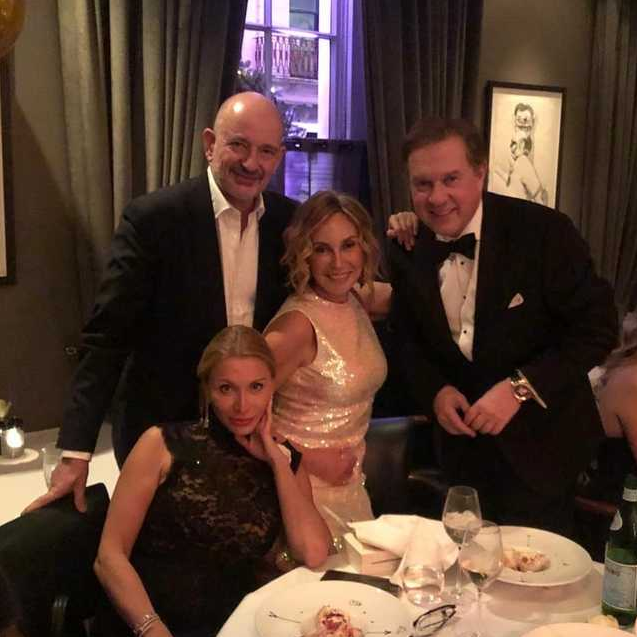
Save this storySave this storySave this storySave this story
In August of this year, Tasha Marks was organizing her own unique version of time travel in a windowless room at the British Library in London. Marks is a perfumer who works with museums, heritage sites, and cultural institutions to create scents that can instantly transport you back in time. The library commissioned her to create historical scents for an exhibition on the lives of women in the Middle Ages. On a conference table, Marks set up several bottles and fanned out strips of paper called muyettes, which perfumers use to test scents.
The library will feature a 13th-century edition of the remarkable Latin manuscript De Ornatu Mulierum, a collection of beauty and hygiene tips for women. Marx collected the ingredients mentioned in the text to recreate the scent of a breath freshener and hair perfume that was applied as a powder, like dry shampoo. (“Let her make furrows in her hair and sprinkle it with the said powder, and it will smell wonderful.”) The text did not contain precise recipes—the proportions were not specified—so there was an element of improvisation, allowing Marx to act as both a historian and an artist.
Eleanor Jackson, the exhibition’s chief curator, and Freya Barry, the library’s communications officer, were eager to try Marks’s latest fragrances. Jackson hoped the exhibition would dispel the myth that medieval women were exclusively oppressed workers. The library’s galleries will tell the stories of some remarkable women, including Gwerful Mechain, a Welsh woman who wrote the deliciously ribald “Ode to the Vagina” in the 15th century. (“I say the quim is beautiful / a circle of wide lips / a valley longer than a spoon or a hand, / a ditch to hold a penis two palms long.”) The exhibition also aims to dispel the idea that medieval people had negative attitudes toward hygiene. In fact, Marks told me, medieval Europeans of all social classes washed their hands, faces, and genitals “virtually every day,” even though hot water was rare and full immersion was considered risky. They also cleaned their clothes, although sometimes they used urine to do so. (The ammonia in it helped remove stains.)
The breath freshener Marx created was a blend of bay leaves—common to modern tastes, but not repulsive—and musk. Synthetic musk is still used in perfumes, but in the Middle Ages it came from a gland near the penis of deer, and was very strong. As Marx noted, “Yes, we don’t need animal breath today.” Moreover, bay leaves often tingle in the mouth, like eucalyptus or mint. A Latin manuscript warned that a woman could place a decoction under her tongue in preparation for intercourse.
The hair scent also had a musk note, complemented by rose, clove, nutmeg, and, more unusually, watercress and galangal, a root reminiscent of ginger. The result, Marks says, is “heady, spicy, and rich,” but with the bright green of the watercress. I’ve been on a perfume high lately, surrounding myself with seductive scents from fashion brands, but this was my favorite. It smelled like Christmas, sprinkled with the anticipation of spring. Marks says she came up with the hair scent quickly, in a sip or two.
The exhibition, “Medieval Women: In Their Own Words,” also includes several scents that will push the imagination. One is intended to evoke a vivid, mystical vision of the religious figure Juliana of Norwich, in which she is nearly strangled by the devil, cloaked in a foul “stench.” Marks told library staff that she has concocted a concoction that features artificial imitations of burnt excrement, “smoky, fetid, and fleshy” but “not nauseating.” Marks, 37, who sports a haircut like a member of a Nineties boy band, is cheerful and forthright. “We don’t want people to run away from the exhibition,” she said. (Visitors won’t be forced to smell anything; they can stick their noses into “scent chambers” set up among the exhibits to sample.)
On the breath freshener and hair fragrance, Marks worked with Angela Stavrevska, a perfumer at CPL Aromas, a fragrance and home care company. On the scent “stinke,” Marks collaborated with Liam Findlay of AromaPrime, a company focused on experiences such as immersive rides and escape rooms. CPL uses standard ingredients in modern perfumery, from bergamot to sandalwood. AromaPrime has more than 400 scents in its catalog, including “badger dung,” “blood,” and “subterranean mold.”
Company
Sourse: newyorker.com






